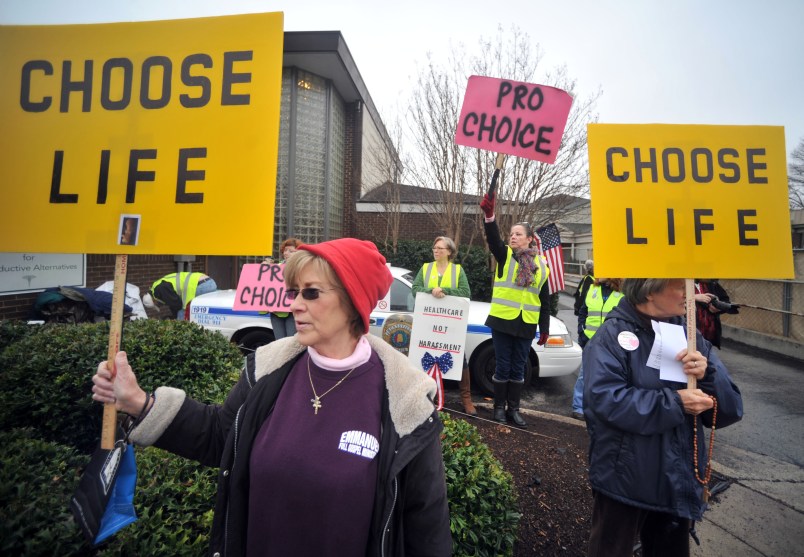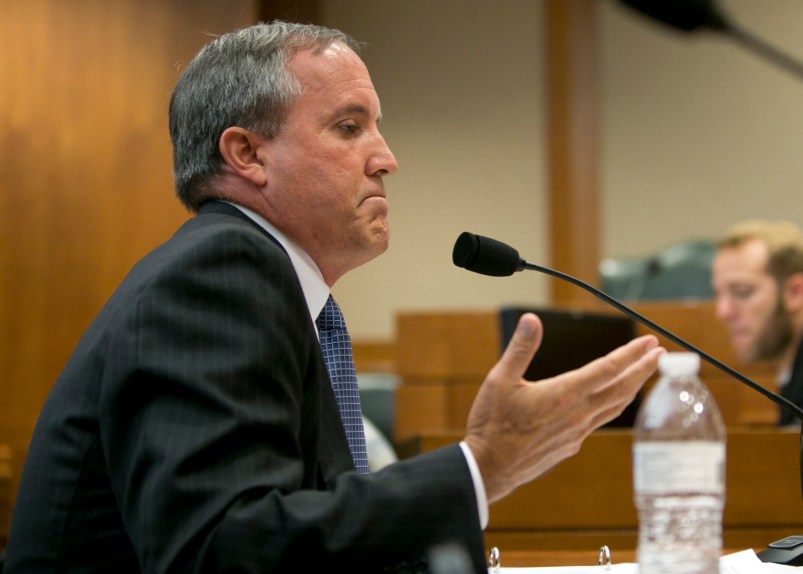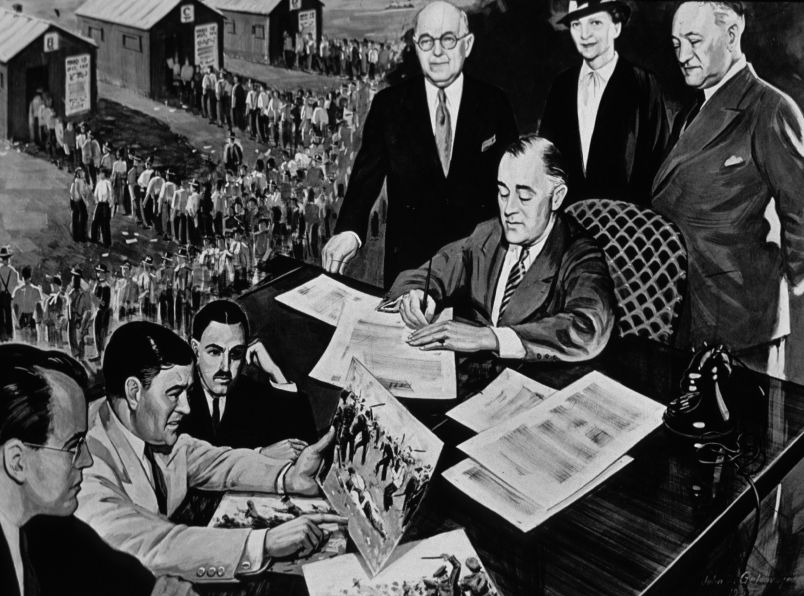Twelve years ago, when I was first dating my husband, I woke up in the middle of the night in agony. The pain in my lower abdomen felt like a million razors and I wanted help urgently. I felt terribly embarrassed because I knew it was a urinary tract infection (UTI), evidence that I was in a sexual relationship. I didn’t want to ask my new boyfriend to take me to get medication. I was also ashamed to admit that even though I had two part-time jobs I was uninsured and really could not afford to go to the Emergency Room. On top of the pain and the embarrassment of having an illness that was surely related to sex, I knew I would have to ask my new boyfriend to help pay the $300 out-of-pocket cost.
I think of this experience every time I hear about the Hyde Amendment, which in 1976 banned Medicaid coverage of abortion. Abortion is the only FDA approved medical procedure that has ever been outright banned from Medicaid. What’s more, Medicaid covers other reproductive health care needs, including birth control and sterilization and prenatal and maternity care. And the vast majority of private insurance plans also cover abortion.
Like my middle of the night UTI, needing an abortion is a common experience for sexually active Americans. According to the Guttmacher Institute, nearly half of all US pregnancies are unintended. Faced with an unintended pregnancy, 40% of women will decide to have an abortion; and by the age of 45, nearly 1 in three women will have had an abortion.
Most people understand the need for abortion, but are surprised by how common the experience is for people in the United States. People are also surprised to hear that abortion is an incredibly simple and safe outpatient procedure, that most women who have abortions are young adults (rather than teenagers) and that most women who have abortions are already mothers. People’s misperceptions around abortion almost always stem from the stigma surrounding abortion.
Abortion stigma leads to myths and stereotypes in the media, to the marginalization of abortion care in healthcare institutions, to negative attitudes about abortion in communities and to silence, shame and isolation among people who need or have used abortion services. Given the stigmatizing environment around abortion, it is not surprising that it creeps into the legislative arena.
When the stigma surrounding abortion makes its way into public policies, like the Hyde Amendment, the social and economic impact is hardest on people who are already vulnerable: young people, people of color and immigrants. The same year that I visited the emergency room for a UTI, I was a counselor on a hotline that helped women seeking access to abortion services. Because of the Hyde Amendment, I spent most of my time helping women raise money among their friends and family to pay for an abortion. Many women had to sell their belongings, delay paying their rent or even use grocery money to afford abortion services. When these efforts failed, they had to ingratiate themselves to distant relatives or ask for support from nonprofit abortion funds. Raising funds in these ways always prolonged the time between when a woman knew she needed an abortion and when she could actually get one. It was heartbreaking work because I knew that although abortion is legal and safe, it was unattainable for far too many women even though they had health insurance. Not only that, but in the process all of the women I helped came to understand the message the Hyde Amendment was created to convey: You should be ashamed of yourself – for needing an abortion and for being poor.
When stigmatizing attitudes about abortion are enshrined in public policy, the result is discrimination. Such discrimination increases people’s vulnerability to negative health and economic consequences. In short, abortion stigma leads to real suffering.
We can fight the enshrinement of abortion stigma in policy on multiple fronts. Many organizations such as the Sea Change Program, the 1-in-3 Campaign, the Abortion Conversation Project and NotAlone.com are raising awareness about how abortion stigma can lead to shame, isolation and suffering. Each of these projects works to share stories that illustrate the negative impacts of discriminatory policies, stigmatizing attitudes, and internalized stigma. Culture change organizations can also work with advocacy organizations to eliminate the Hyde Amendment, and other policies that discriminate against people who need abortion care. One example of this work is All* Above All, which seeks to unite communities across the country in support of lifting abortion bans.
This work to shift the culture and eventually our country’s laws and policies also starts with each of us from how we support the people around us to the way that we talk about access to abortion care and the real need to ensure that people get the care they need without judgment. We need to speak out about how important it is that everyone can afford reproductive health services regardless of income or insurance type.
No one should be denied care that they need because of stigma. We need to work toward a world in which our abortion policy reflects the kindness my husband showed me when I had my UTI… and the nonjudgmental support that I provided women on the hotline: I’m here for you. You aren’t alone.
Kate Cockrill is the Executive Director of the Sea Change Program. She has a master’s degree in public health from the University of California, Berkeley.









